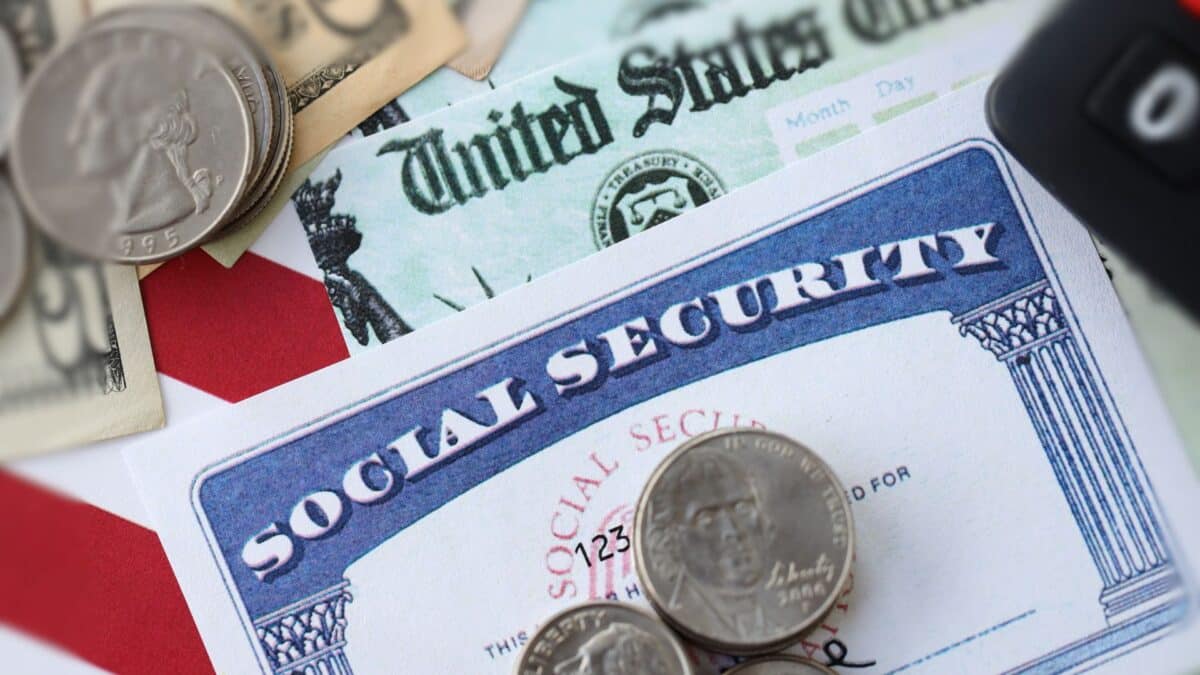The U.S. government has officially confirmed that millions of eligible Social Security recipients will receive their payments on July 9, 2025. This marks an important date for retirees, survivors, and people with disabilities who rely on Social Security benefits to make ends meet. Understanding the specific requirements and payment details is crucial for beneficiaries to ensure timely access to their funds.
The payments are part of the ongoing process to distribute Social Security benefits throughout the month, with July 9 being one of the key dates in this process. For many, the July 9 payout is the first in a series of scheduled payments in the month, and it impacts a broad group of individuals.
Eligibility for Social Security Payments
To qualify for Social Security benefits on July 9, there are specific requirements that recipients must meet. The first condition is that the individual must have filed for benefits after April 30, 1997. Additionally, recipients must not be receiving Supplemental Security Income (SSI), and their birth date must fall between the 1st and 10th of any given month.
While the year and month of birth do not matter in this case, the day of birth does play a critical role in determining eligibility. This system ensures that payments are distributed in a structured and fair manner, adhering to guidelines set by the Social Security Administration (SSA). Beneficiaries who meet these conditions are eligible for the July 9 payout, which includes retirees, survivors, and people with disabilities receiving Social Security Disability Insurance (SSDI).
Payment Distribution and Amounts
Social Security payments are divided into several distribution days throughout the month. For July 2025, the first round of payments was issued on July 3, with subsequent payments set for July 9, 16, and 23. These dates follow a regular pattern, where direct deposits are typically made on the second, third, and fourth Wednesdays of each month. However, it is important to note that if a payment day coincides with a federal holiday, the schedule may be adjusted.
The maximum Social Security payment amount for retirees on July 9 will be $5,108. On average, retirees across all age groups will receive about $2,002, based on figures from May 2025. However, the specific amount an individual receives can vary greatly depending on their work history and contributions to the Social Security system. As such, some retirees may receive much less than the average.
SSDI Payments for Those with Disabilities
For Social Security Disability Insurance (SSDI) recipients, the July 9 payment also represents a critical disbursement date. SSDI is available to individuals who are unable to work due to a medical condition but have paid sufficient payroll taxes to the SSA. The requirements for receiving SSDI on July 9 mirror those for retirement benefits, meaning recipients must have filed for benefits after April 30, 1997, and meet the same birth date criteria.
On average, SSDI recipients will receive approximately $1,581 in July 2025. Those who have worked in jobs covered by the SSA and earned the taxable maximum over 35 years may receive a higher payment, potentially up to $4,018. However, SSDI recipients must continue to meet the SSA’s eligibility criteria, and any health improvements should be reported to prevent overpayments.
The Shift from Paper Checks to Direct Deposits
While direct deposit remains the preferred method of payment for Social Security recipients, some seniors still receive paper checks. However, paper checks are slower and less secure than direct deposits, which are faster and more reliable. The Social Security Administration strongly encourages recipients to switch to direct deposit if they have not already done so, as paper checks will no longer be issued in the future.
For those who are still receiving paper checks, it is important to update their payment method as soon as possible to avoid delays in future payments. The transition to direct deposit is designed to streamline the payment process and ensure that recipients receive their benefits in a timely and secure manner.









